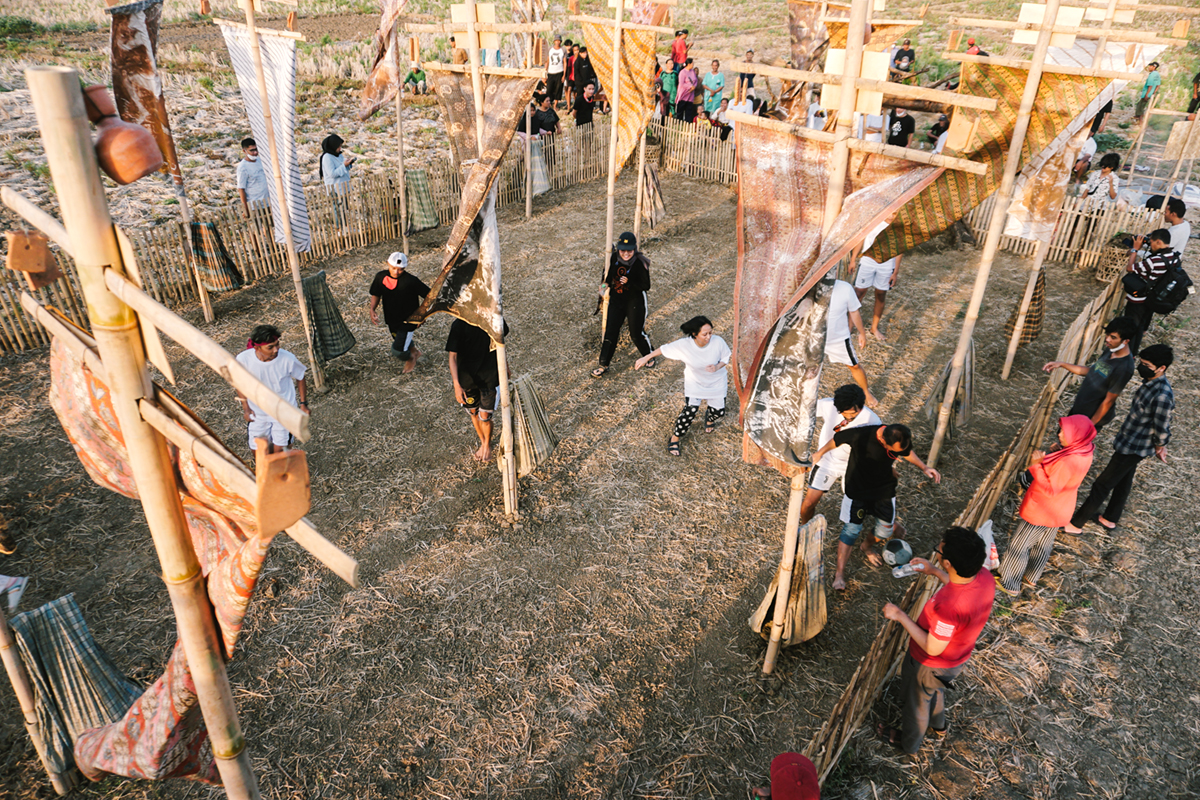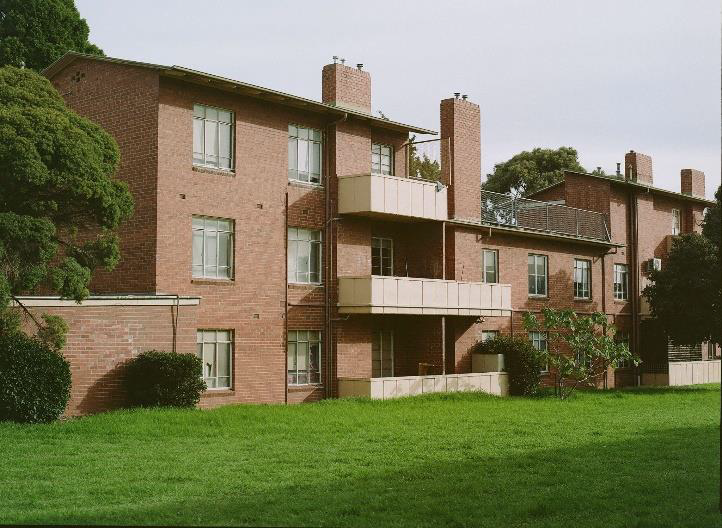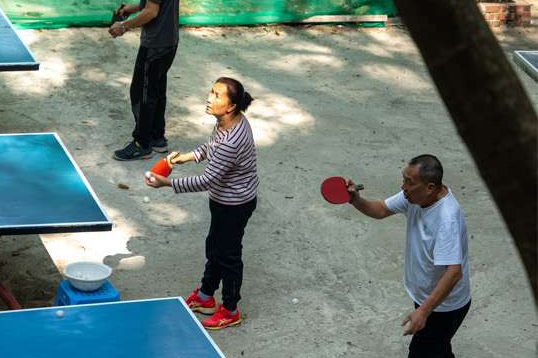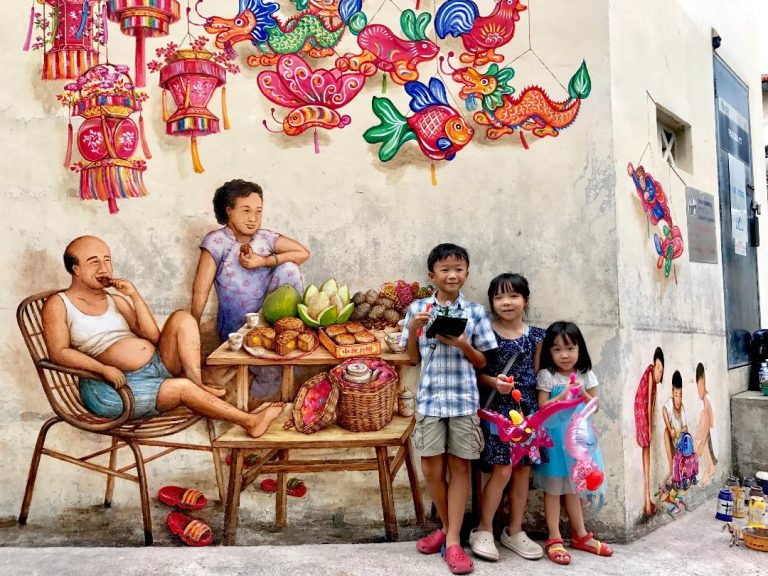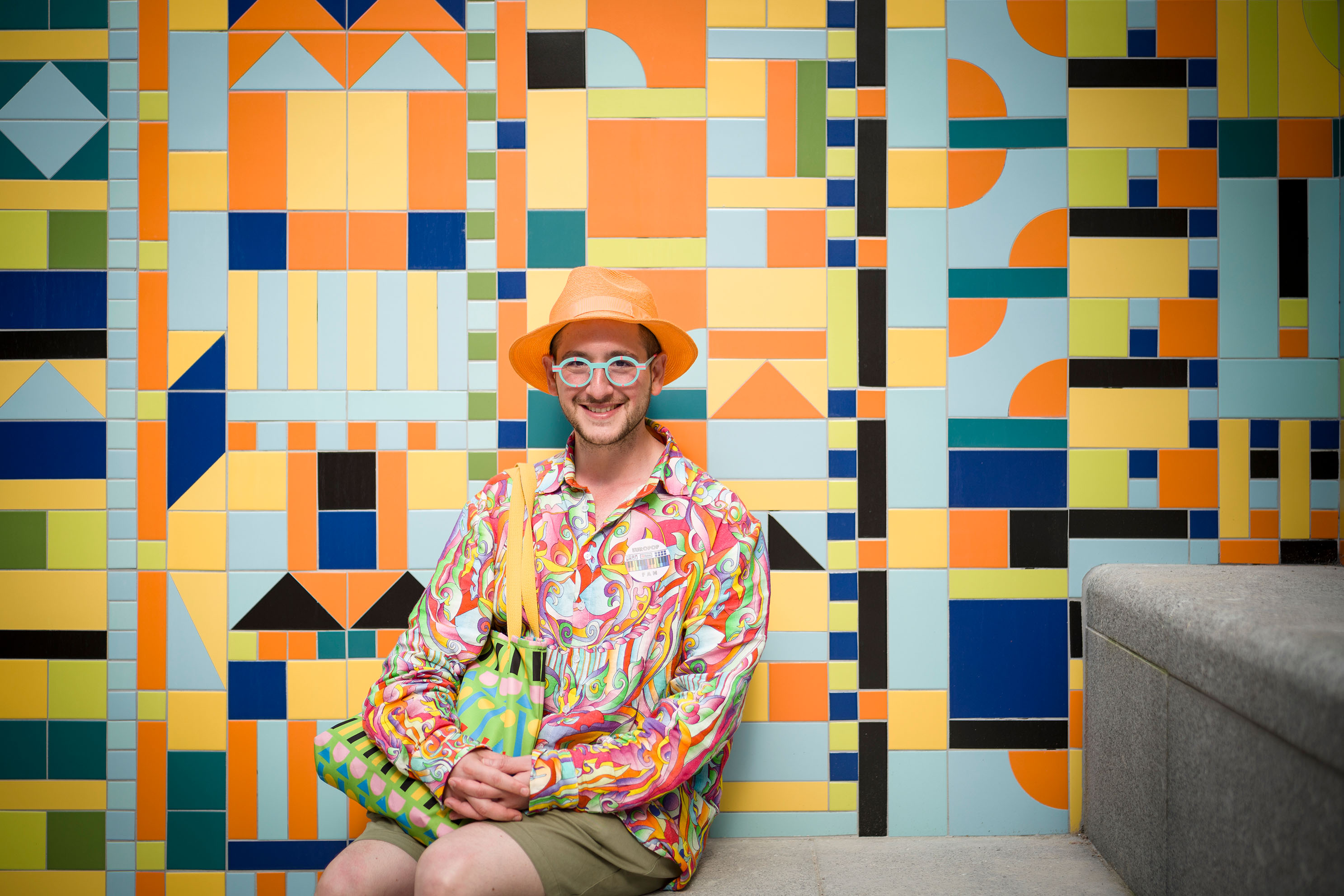Image By: Al Ghorie
In the dusty lanes of Southeast Asia’s kampongs, a quiet revolution is unfolding — one not of politics, but of pottery, puppets and pandanus mats. Long dismissed as peripheral, the region’s rural creative economies are emerging as unlikely engines of sustainable development. These are not folkloric curiosities but dynamic systems of production that bind heritage to livelihood — and sketch out a post-industrial model of growth rooted in culture.
This is not a new phenomenon: consider the tradition of crafting bunga mas, elaborate gold and silver trees sent from Perak as tribute to the Ayutthaya Kingdom, which symbolised diplomacy but also fostered a robust local economy of metalsmiths and artisans.

In West Java, Jatiwangi Art Factory (JaF) transformed a fading roof‑tile industry into festivals, a terracotta museum and clay products including a local ‘clay currency’, demonstrating that when production, storytelling and profit all stay in‑village, art can fuel a self‑sustaining rural economy. The factory has become a fulcrum of identity, anchoring a new kind of rural economy in which artistry, not industry, is the engine of value creation.
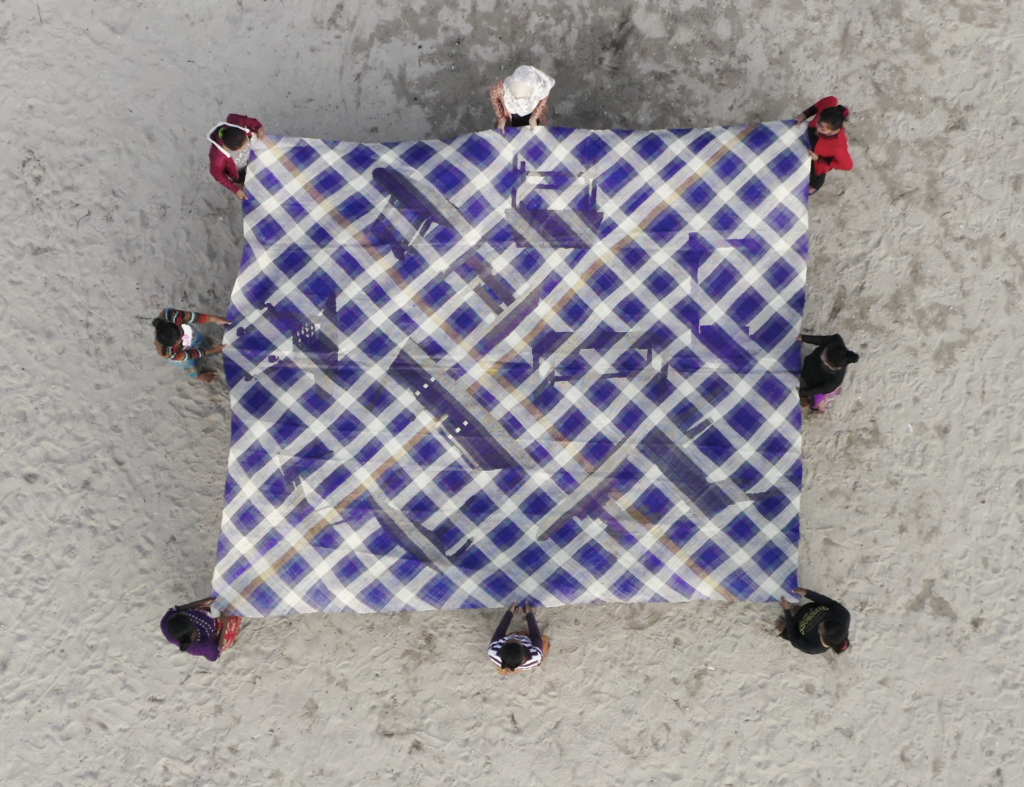
In Malaysian Borneo, artist Yee I-Lann channels the global art market’s flows back to rural Sabah, where indigenous weavers co-create textile artworks shown across the region, as well as in Europe and North America. Historically, these woven tikar mats were used as dowries and ritual items, as well as a way for women to trade their wares for further household income. The skills that once met subsistence needs now lure tourists, collectors and fair‑trade buyers, injecting new income while preserving the stories embedded in the hands that make them. Art becomes not just a medium, but a redistribution mechanism creating economic agency.
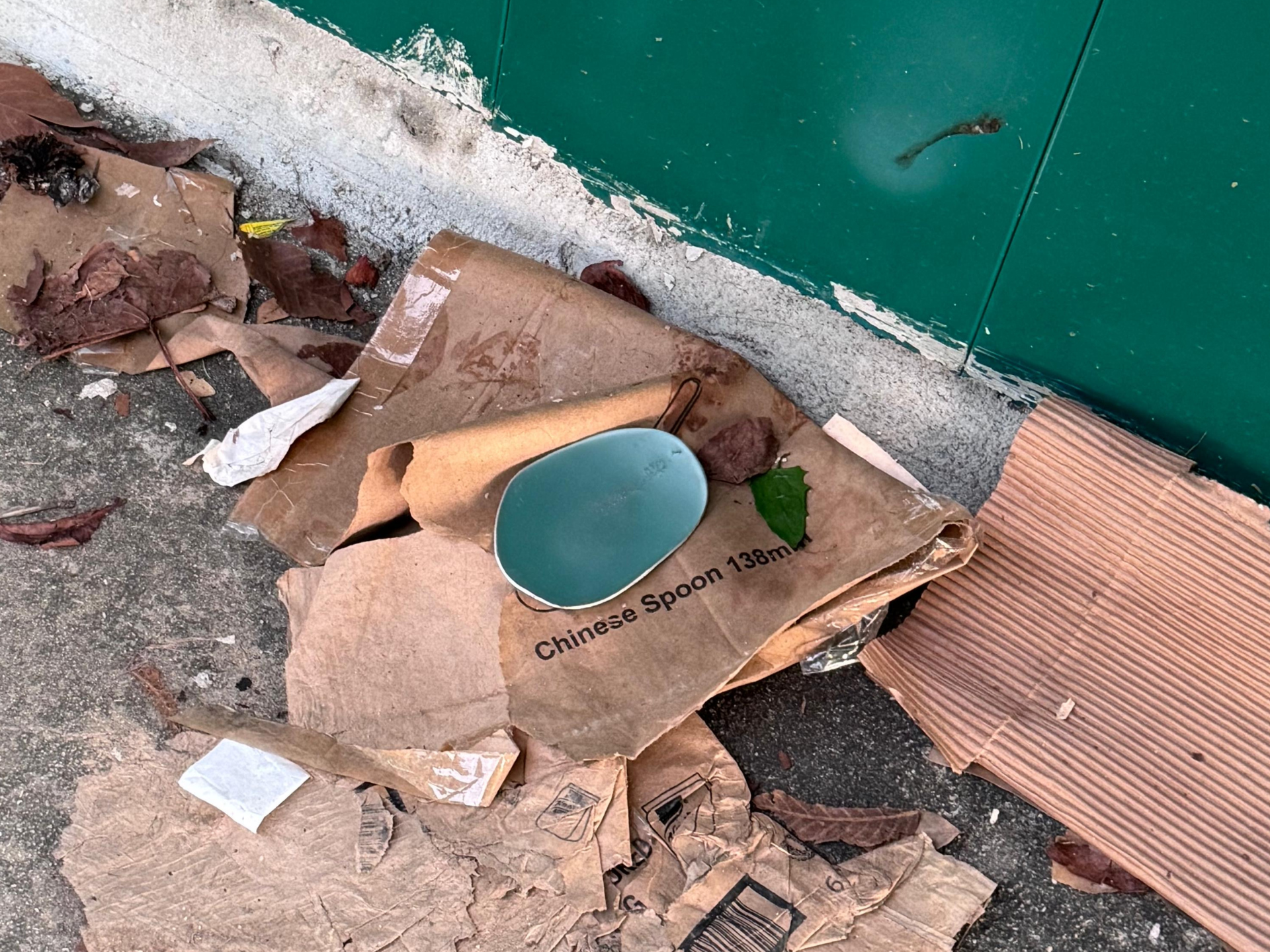
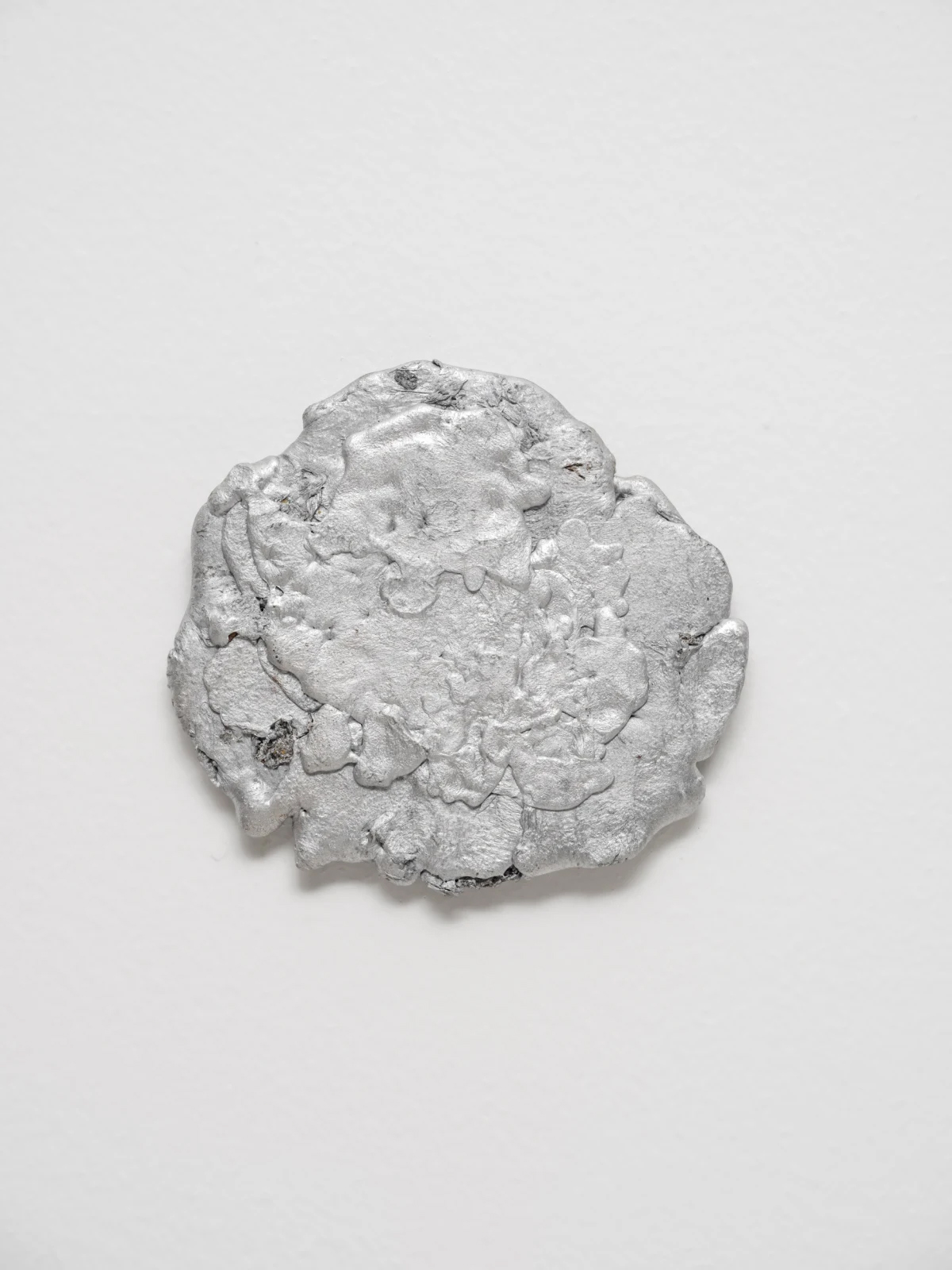
Meanwhile, in Laos, a cottage industry has emerged in which villagers melt down unexploded American ordnance — remnants of a brutal Cold War past — and turn them into items such as jewellery and household utensils. Thai artist Pratchaya Phinthong incorporated this industry into Spoon, a work recently shown as part of his solo exhibition at Singapore Art Museum, which quietly illuminates a new kind of circular economy: turning trauma into craft, memory into metalware.
This grassroots ferment is now intersecting with a top-down awakening. A wave of private patronage, particularly in soft-power-savvy nations like Thailand, is fuelling an explosion of regional art initiatives such as Dib Bangkok, the vision of late collector Petch Osathanugrah, and Central Group’s social enterprise deCentral. Through artists, museums and foundations are investing in kampong-based creativity — not only as a development tool, but as a cultural asset.
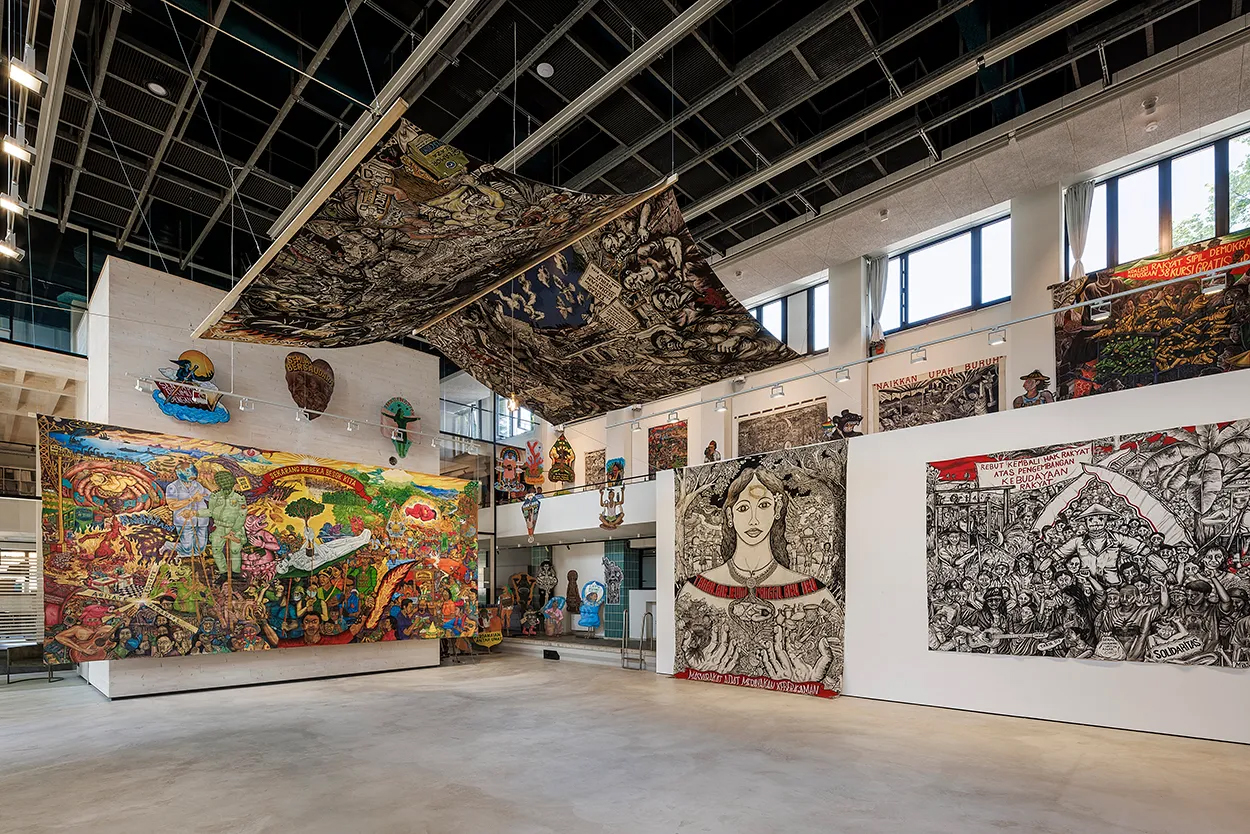
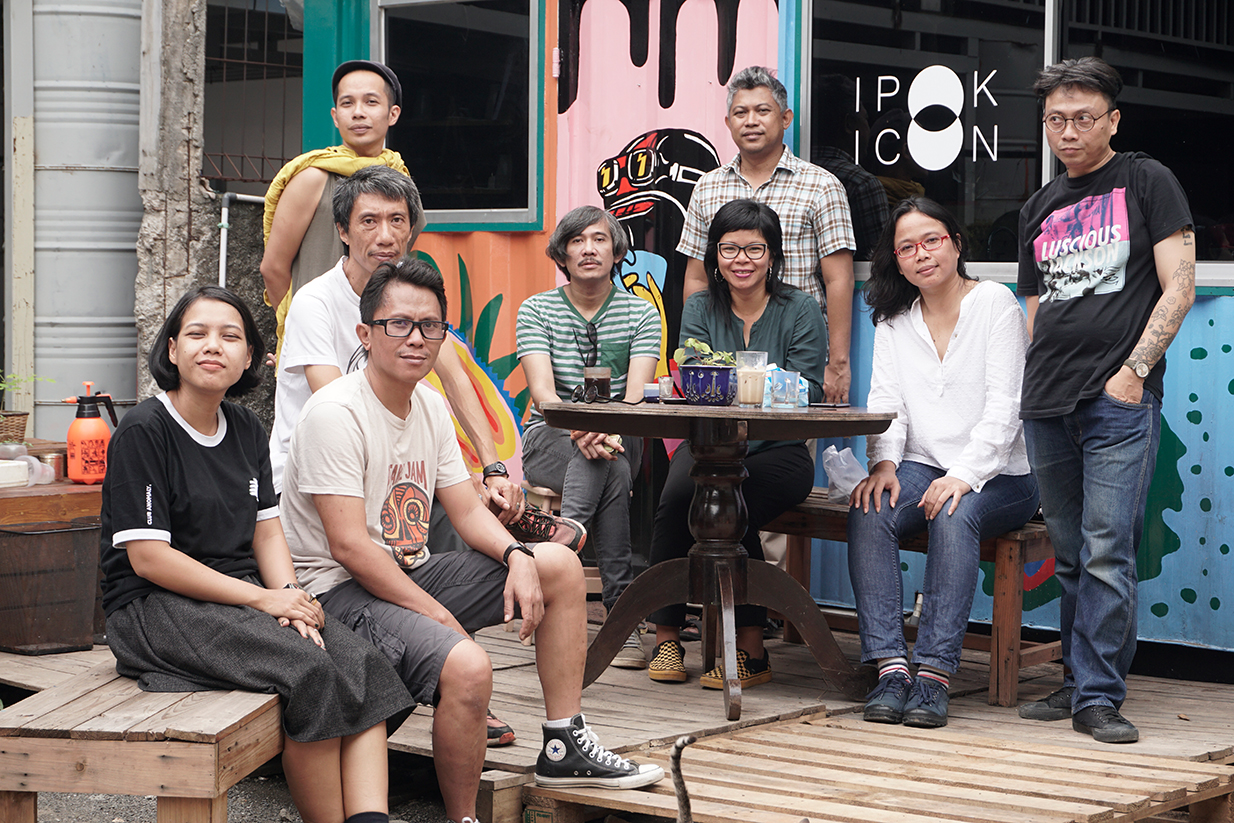
Southeast Asian contemporary art is also stepping onto the world stage: Indonesian collective ruangrupa recently curated the major art festival Documenta, and artists from the region are entering major collections from Tate to M+ to MoMA. ruangrupa’s curation signalled Southeast Asia’s ascension to the world stage, using the lumbung model to channel Europe’s flagship exhibition budget through a communal pot of funding, rewriting global art economies on its own social terms. Regional galleries like Silverlens have now set up in New York, driving important acquisitions of Southeast Asian art by Western cultural institutions. These institutions, both local and global, now recognise what kampong communities have long understood: that culture is not a by-product of development — it is its foundation.
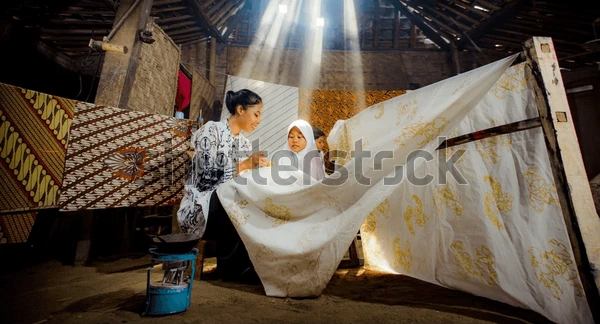
These practices, then, offer more than aesthetics — they offer jobs, identity, resilience. Objects in clay, woven mats and bomb‑metal spoons fold collective labour, attention to materials and archipelagic trade memories into everyday objects, with each kampong artefact reading as a miniature of Southeast Asia’s syncretic, collective identity. If the region’s future lies in smart cities and AI parks, it also lies in village kilns and weaving halls. Ignore them, and you miss not only the region’s soul, but its next strategy for cultural and economic power on the world stage.

